NNSA has completed the disposition (transfer, demolition, and disposal) of the former Albuquerque Complex located on Kirtland Air Force Base in Albuquerque, N.M.
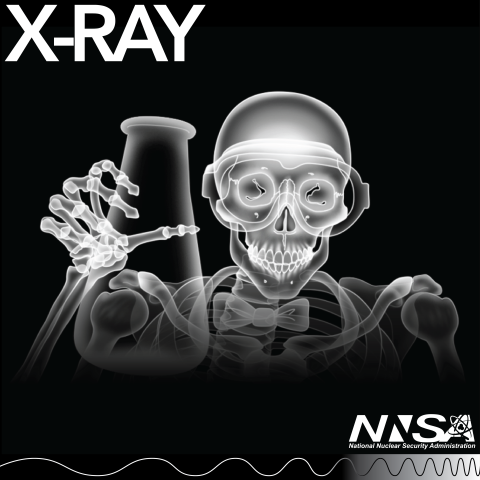
X-rays are vital tools at NNSA. They help scientists study how plutonium ages and explore how inertial confinement fusion works.
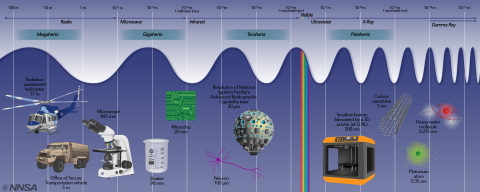
At NNSA’s labs, plants, and sites, research supporting our vital missions reaches across the electromagnetic spectrum – from radio waves to gamma rays. Sometimes that innovation spills into other areas, too, enabling tomorrow’s technological wonders.
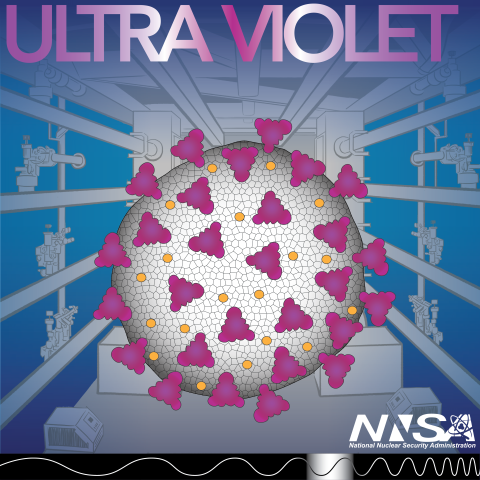
Ultraviolet (UV) light is why we wear sunscreen and sunglasses – because overexposure damages living tissue. It also enables scientific applications for NNSA, including nuclear fusion and protection from viruses.
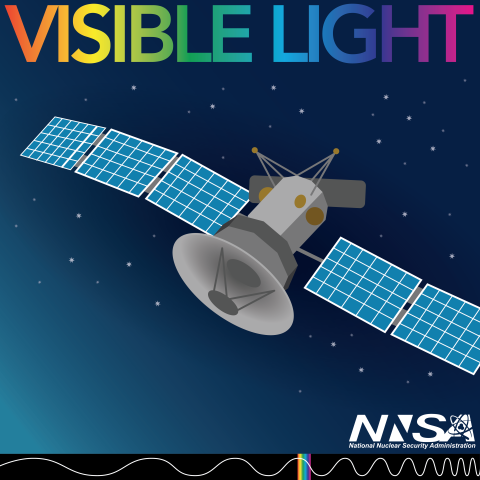
The entire rainbow of radiation that the human eye can see makes up just 0.0035 percent of the spectrum. At NNSA it helps us ensure that we’re working with pure materials, watch for missile launches, and create flat lenses.

A look back at historic NNSA moments in flight – enjoy these classic photos from laboratories and sites that work on NNSA missions.
NNSA is partnering with Los Alamos County to provide DOE’s two national laboratories in New Mexico with electricity produced from the County’s new Foxtail Flats solar and energy storage project, which is proposed to be operational by March 1, 2026.
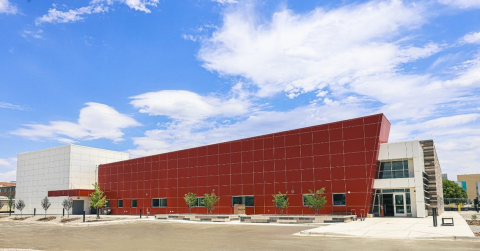
NNSA celebrated the opening of Sandia National Laboratories’ new Emergency Operations Center.
DOE/NNSA announced today that the John A. Gordon Albuquerque Complex Facility in Albuquerque, NM, has been awarded LEED Platinum certification by the U.S. Green Building Council, a significant milestone and a first for NNSA.
NNSA published a Notice of Intent (NOI) today to prepare a new Site-Wide Environmental Impact Statement for Continued Operation of Sandia National Laboratories, Albuquerque, New Mexico (SWEIS).

